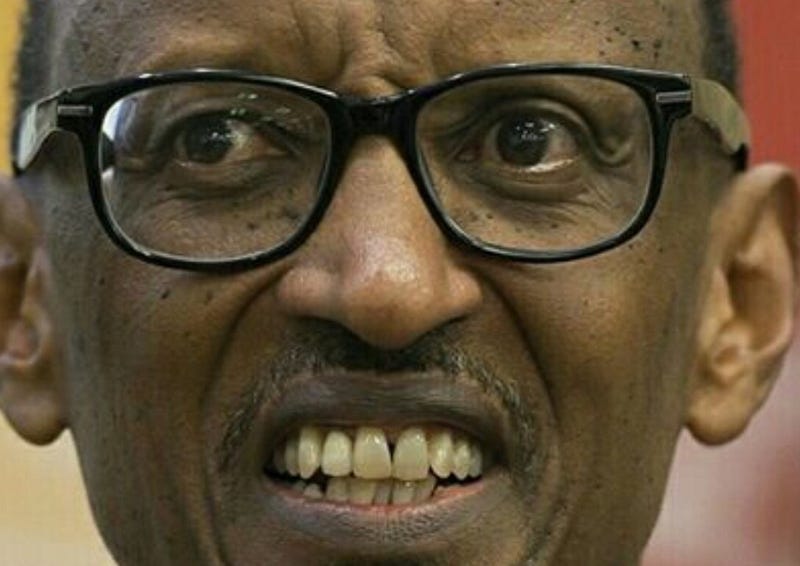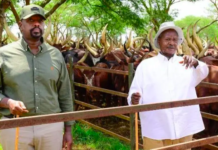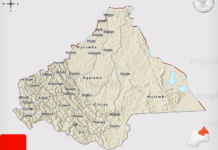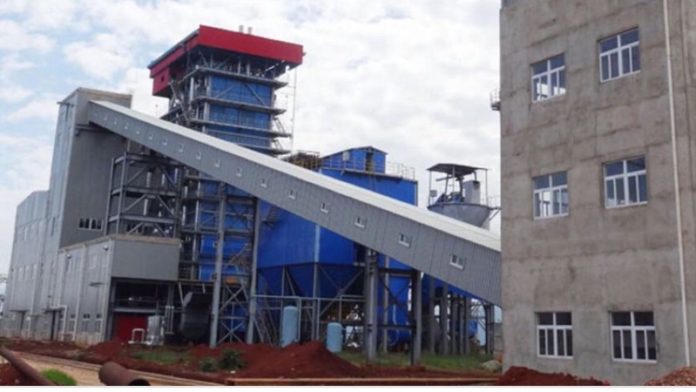By David Himbara
The Kagame government began construction of the Gishoma power in 2013. The plant was to be completed in 2014. But it instead took an astonishing 4 years to complete. When the plant was finally launched in 2017, it could not produce 15 Megawatts – it only managed to supply 5 Megawatts. And then the whole thing crashed.
What were the issues?
- The quality of the peak is poor.
- There isn’t enough peak to run the plant.
- The water supply is inadequate.
Here is a shock

There was already evidence that Gishoma did not have sufficient supply of peat for a large scale commercial purpose. A plant built by the colonial authorities was closed in the 1960s. The 1985 World Bank’s study showed the following:
“Gishoma bog, south of Cyangugu and Nyanza bog south of Gitarama were found to contain deposits mostly in excess of 20% ash content” .
It is hard to believe that the Kagame regime could not has researched Gishoma peak issues before throwing US$47 Million away. Even a simple Google search would have led the regime to the 1985 World Bank Report. Moreover, the World Bank itself is the largest supporter of the Kagame regime in energy development. Surely, the World Bank must have alerted the regime that there was not enough peat at Gishoma.

The Kagame regime should explain to the world how it built a peat plant without peat. There was plenty of evidence that neither the quantity nor quality existed at Gishoma. But the regime squandered US$47 Million on the doomed plant as the Auditor General has indicated. The World Bank that works closely with the regime in energy development already knew that the power plant was doomed. Kagame and the World Bank are birds of same feathers.





























































